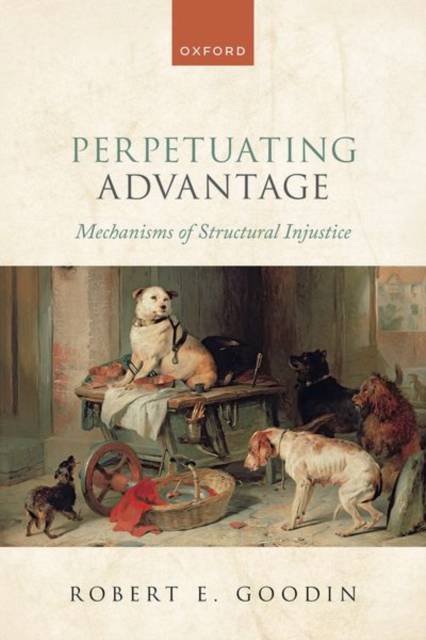
Je cadeautjes zeker op tijd in huis hebben voor de feestdagen? Kom langs in onze winkels en vind het perfecte geschenk!
- Afhalen na 1 uur in een winkel met voorraad
- Gratis thuislevering in België vanaf € 30
- Ruim aanbod met 7 miljoen producten
Je cadeautjes zeker op tijd in huis hebben voor de feestdagen? Kom langs in onze winkels en vind het perfecte geschenk!
- Afhalen na 1 uur in een winkel met voorraad
- Gratis thuislevering in België vanaf € 30
- Ruim aanbod met 7 miljoen producten
Zoeken
€ 69,45
+ 138 punten
Omschrijving
Injustices are, in the first instance, brute acts of identifiable individuals. But they are typically perpetuated, more subtly, through seemingly innocent workings of innocuous social structures. Critics of structural injustice are quick to call out that ruse. They say much about all the sites where such structural injustices reside - but without saying much, as yet, about how exactly structural injustice actually works. By what specific mechanisms are unfair advantages and disadvantages perpetuated? What, specifically, can we do to interrupt them? That is the focus of this book, in which Robert Goodin identifies several fundamental mechanisms of structural injustice: social position, networks, language, social expectations and norms, reputation, and organization. His discussion is deeply informed by a wide range of social sciences, mined with a philosopher's sharp eye to what matters and lucidly explained with a deft turn of phrase. Having exposed each of those specific mechanisms of structural injustice, Goodin proceeds to explore what they all have in common. The underlying drivers, he shows, are a combination of scale effects and attention scarcities. That combination limits - but also informs - what can reasonably be done to overcome the various, nefarious mechanisms that perpetuate unfair social advantage and disadvantage.
Specificaties
Betrokkenen
- Auteur(s):
- Uitgeverij:
Inhoud
- Aantal bladzijden:
- 272
- Taal:
- Engels
Eigenschappen
- Productcode (EAN):
- 9780192888204
- Verschijningsdatum:
- 30/06/2023
- Uitvoering:
- Hardcover
- Formaat:
- Genaaid
- Afmetingen:
- 165 mm x 229 mm
- Gewicht:
- 566 g

Alleen bij Standaard Boekhandel
+ 138 punten op je klantenkaart van Standaard Boekhandel
Beoordelingen
We publiceren alleen reviews die voldoen aan de voorwaarden voor reviews. Bekijk onze voorwaarden voor reviews.









